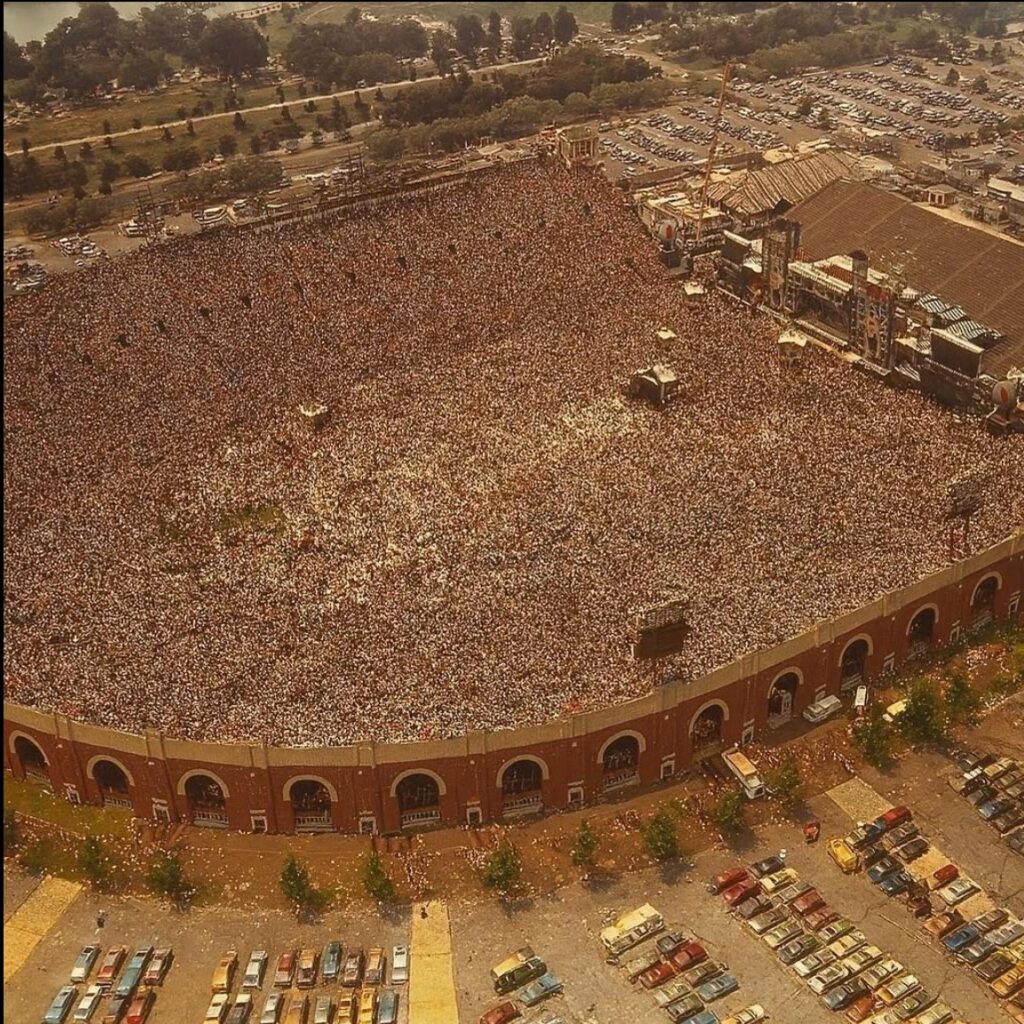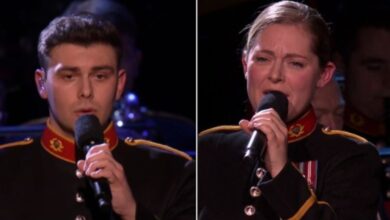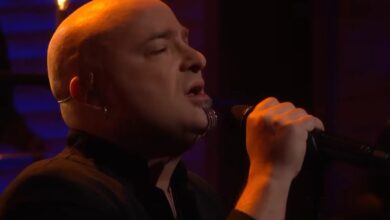Forty Years of Live Aid: Remembering the Day Ozzy Osbourne and Rock’s Legends United for a Cause

Forty years ago, the world witnessed one of the most ambitious and inspiring events in music history—Live Aid. On July 13, 1985, a global audience tuned in as two massive concerts took place simultaneously: one at Wembley Stadium in London and the other at JFK Stadium in Philadelphia. The primary goal was to raise funds for famine relief in Ethiopia, but what happened that day became much more—a defining moment that showcased the unifying power of music.
Live Aid wasn’t just another festival or a star-studded gig. It was the vision of Bob Geldof and Midge Ure, who rallied the music community to use their collective voice to spark real change. Over 1.5 billion people in more than 150 countries watched the concerts unfold live via satellite—a technological marvel for the time, and a testament to how deeply the cause resonated with people everywhere.
In Philadelphia’s JFK Stadium, the American side of Live Aid came to life. With a crowd of nearly 90,000 and millions more watching on TV, the stage was set for legendary performances. From the moment the opening notes rang out, there was a palpable sense that this was more than just entertainment; it was history in the making.
Among the countless superstars who took the stage that day, one name stood out for fans of heavy metal: Ozzy Osbourne. For this special occasion, Ozzy reunited with the original members of Black Sabbath, making Live Aid not only a humanitarian milestone but also a historic day for rock enthusiasts. The sight of Ozzy alongside Tony Iommi, Geezer Butler, and Bill Ward brought a wave of nostalgia and excitement to the massive Philadelphia crowd.
Black Sabbath’s set was brief but unforgettable. They tore through three of their classic songs—“Children of the Grave,” “Iron Man,” and “Paranoid”—reminding the world why they are often credited as the godfathers of heavy metal. For many, seeing Ozzy command the stage once again with his original bandmates was a highlight not only of Live Aid, but of their entire concert-going lives.
Ozzy’s presence at Live Aid was more than just a rock reunion; it was symbolic of the event’s larger theme of unity. Here was a group that had weathered personal and professional storms, setting aside differences to be part of something bigger than themselves. Their willingness to reunite spoke to the spirit of the day—a world coming together, if only for a moment, to help those in desperate need.
The Philadelphia lineup boasted a dizzying array of talent, from Madonna and Eric Clapton to Mick Jagger, Tina Turner, and Bob Dylan. But it was the raw energy and history-laden performance from Ozzy and Black Sabbath that injected a dose of real grit into the proceedings, proving that heavy music and compassion are not mutually exclusive.
Across the Atlantic, Wembley Stadium was also hosting jaw-dropping acts, but for fans packed into JFK Stadium and those watching at home, the Black Sabbath reunion carried a special significance. It was proof that the day wasn’t just about pop hits and chart-toppers—it was a celebration of every corner of the musical universe, including the darker, heavier side.
The significance of Live Aid and Ozzy’s involvement went beyond mere performance. The event raised over $125 million for famine relief and brought the world’s attention to the ongoing humanitarian crisis in Africa. Artists weren’t just lending their songs—they were lending their hearts and reputations to a cause that desperately needed them.
For Ozzy Osbourne, Live Aid was a reminder of music’s true purpose: to bring people together and make a difference. Decades after being dismissed from Black Sabbath, his return to the stage with his old bandmates signaled not just personal reconciliation but also a renewed sense of belonging in the greater music community.
Looking back forty years, it’s clear that Live Aid set the standard for charity concerts and musical activism. Its legacy can be traced through every major benefit concert since, and its message still rings true: when artists and audiences join forces, they can change the world. For Ozzy Osbourne, it was a day that cemented his place not only as a rock legend but as part of something far greater.
Fans still talk about Ozzy’s Live Aid appearance as one of his most iconic moments. There was something magical in seeing him belt out “Paranoid” to a sea of fans, his voice soaring above the stadium. For one afternoon, the boundaries between genre, generation, and geography seemed to dissolve.
The cultural impact of Live Aid—and of Ozzy’s presence in particular—continues to be felt today. Younger generations discover those historic performances online, marveling at the raw passion and sense of purpose that permeated every note. For many, Live Aid remains the ultimate example of what can happen when artists come together for a cause that truly matters.
As we mark forty years since Live Aid, the images of Ozzy Osbourne reuniting with Black Sabbath on that scorching July afternoon in Philadelphia are as powerful as ever. It was a day when music, compassion, and history all converged—a day that proved, once and for all, that legends can make a difference.
In the end, Live Aid was more than just a concert. It was a global act of hope, a massive show of solidarity, and a testament to the enduring power of music to unite, heal, and inspire. For Ozzy Osbourne, it was another unforgettable chapter in a career defined by reinvention, resilience, and, most importantly, heart.
You can watch the full concert below in 10 parts.





